Compared to most of the countries I have visited this year, so far, South Korea could not really be described as a birding hotspot. In fairness, however, that is not entirely correct. The country is indeed an important place for birds and birding, but its distinction lies with its status as a major stopover point during the Spring and Fall migrations. Additionally, most of the best bird action during those periods occurs around the many large tidal flats located along its coast, so, consequently, shorebirds are a major attraction. Both in terms of timing, with my visit occurring in June and July, and routing, with my course keeping me somewhat more inland, this section of the Tour, drastically rescheduled from its originally planned dates, occurred at precisely the wrong time of year, and the wrong place, if a large number of bird sightings were desired. Korea does host about forty species that are year-round residents, and around half of those would be both new to me and potentially observable without too much difficulty. While most of those are species that could be described as neither colorful, nor exotic, they all count in the end. There were also two special species that were possible, however, sightings of those were not guaranteed.
The first new bird in the country was none other than the very common Oriental Magpie. I normally would not include a poor image like the one below, but in this case there were unusual circumstances. For the first time, I successfully observed a new Life Bird through the window of my entry quarantine hotel. That certainly made day three-of-fourteen pass by in a more enjoyable manner.
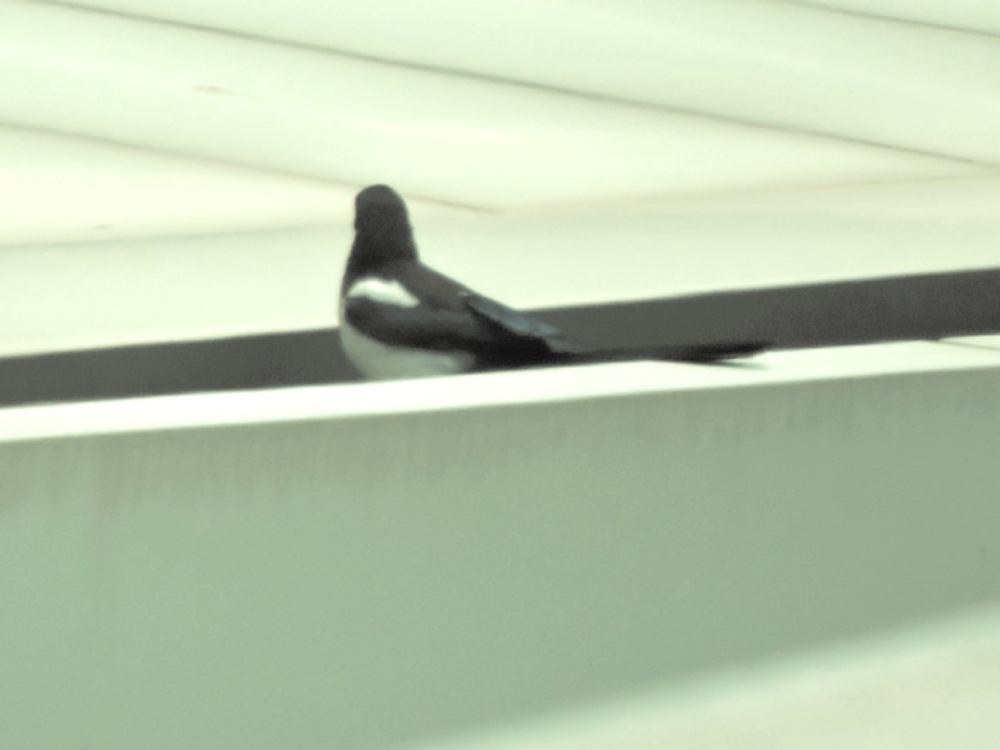
One of the best birds came quickly after I had been released. There were a few eBird reports of this individual hanging out near the Incheon Airport, but with many ditches and canals in that area, I could not be sure if I would find it on my way out. Fortunately, my route took me right along the particular canal where that fairly rare bird was feeding that morning, Black-Faced Spoonbill!
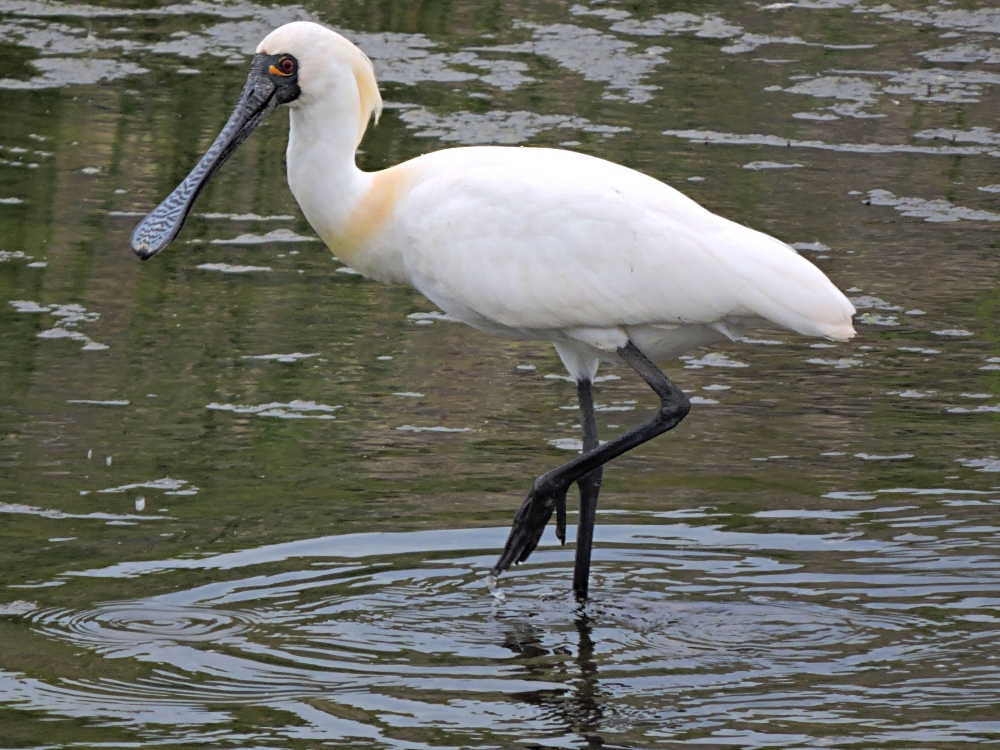
Later that morning, around the nearby waters, I also added the not-particularly-exciting, but still worthy, Black-Tailed Gull…
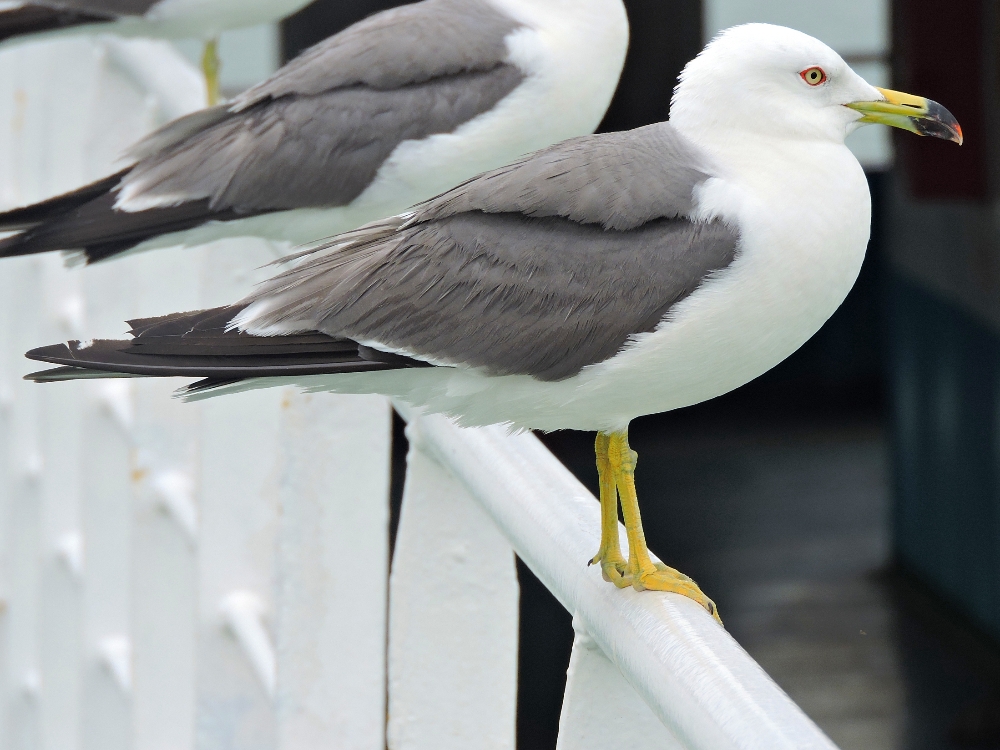
…and Japanese Cormorant.
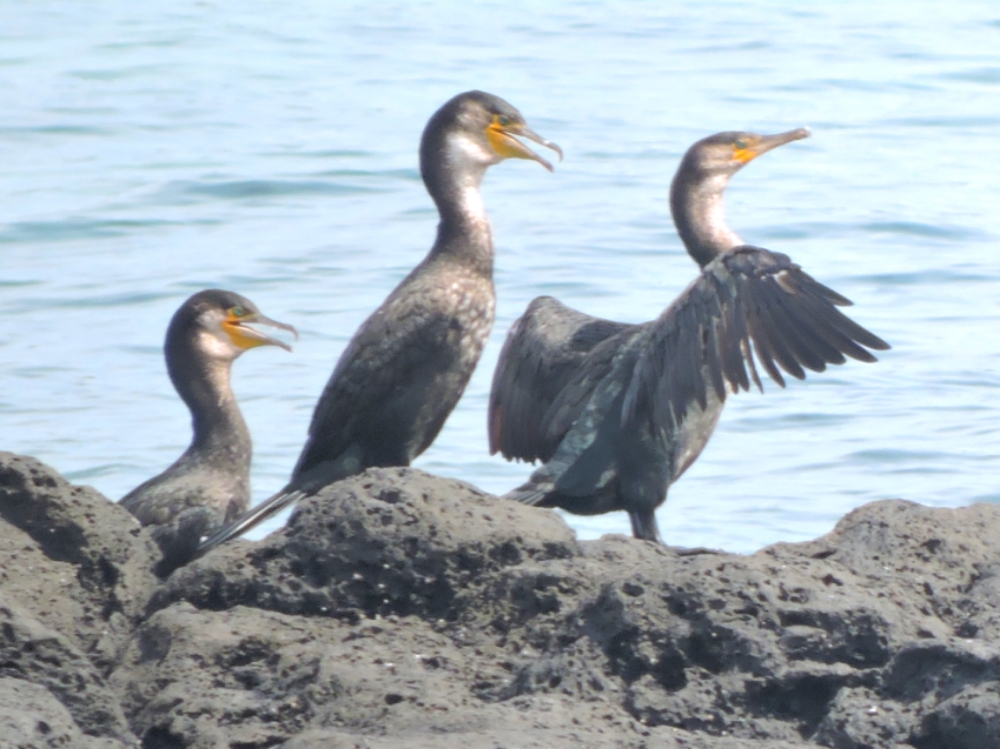
Continuing towards the city center, I quickly saw the most common bird found around the country at that time, Brown-Eared Bulbul. Fortunately, there was only one Bulbul species in Korea, as opposed to the bewildering array of members of that family that caused me much confusion in both Thailand and Africa.
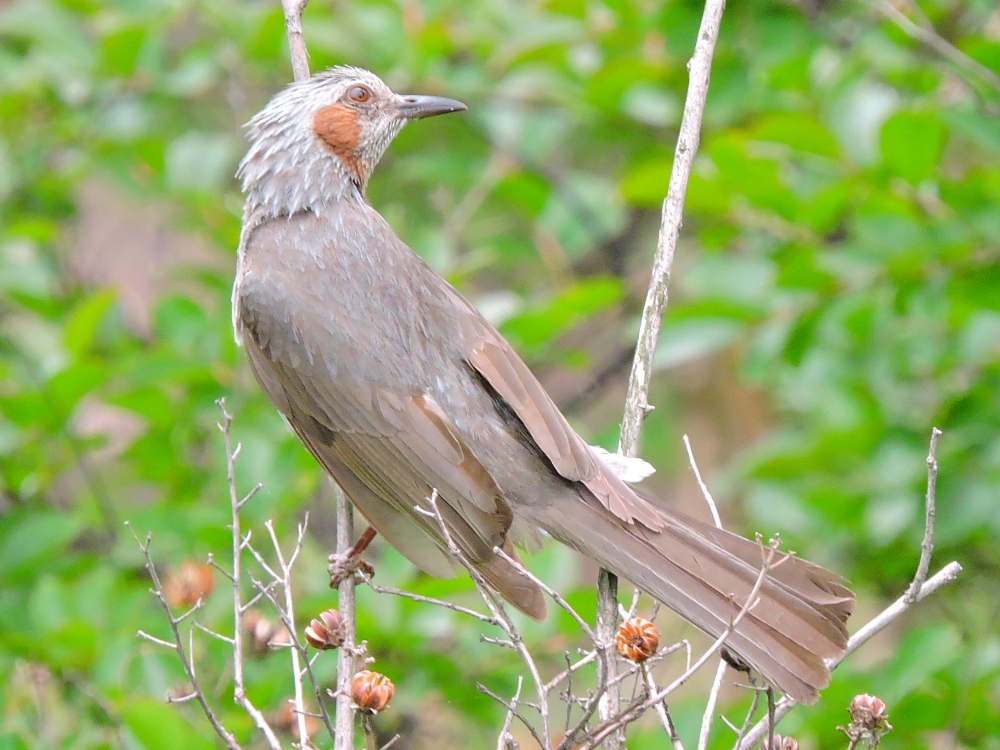
The final bird seen that day was a now-infrequent addition to my list, another Duck, namely Eastern Spot-Billed Duck. Five Life Birds seen while cycling into a major city from its airport certainly increased my spirits on that day.
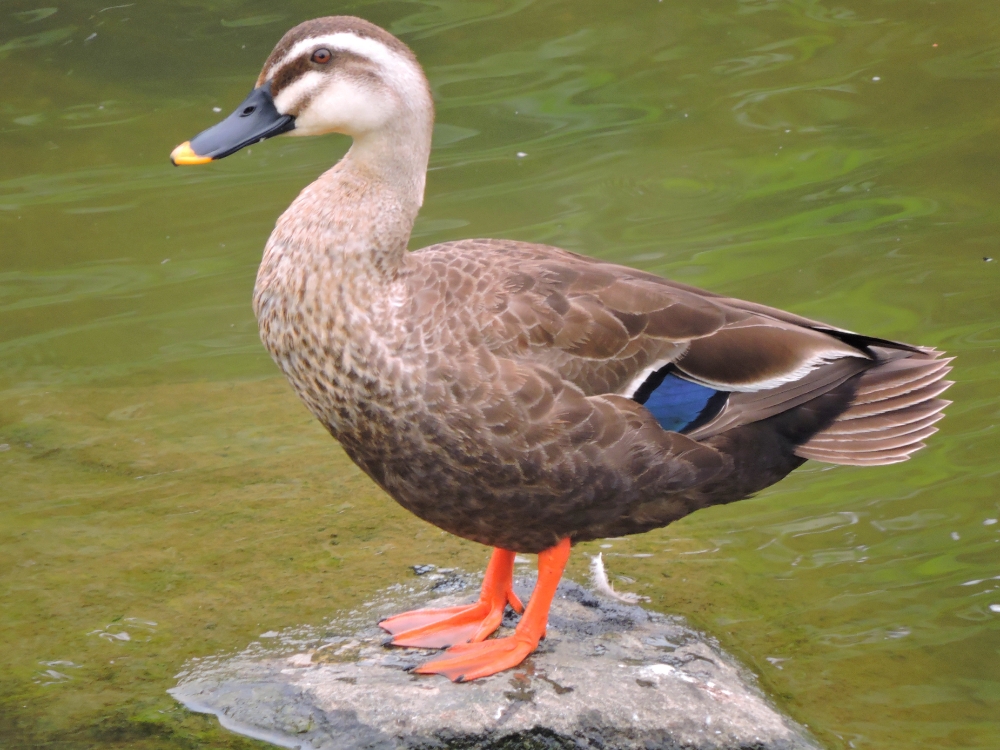
At the Hwaseong Fortress World Heritage Site I added the only common Dove found in Korea, Oriental Turtle Dove. I am not sure why this particular bird was sitting in that manner, but it seemed to be content to do so indefinitely.
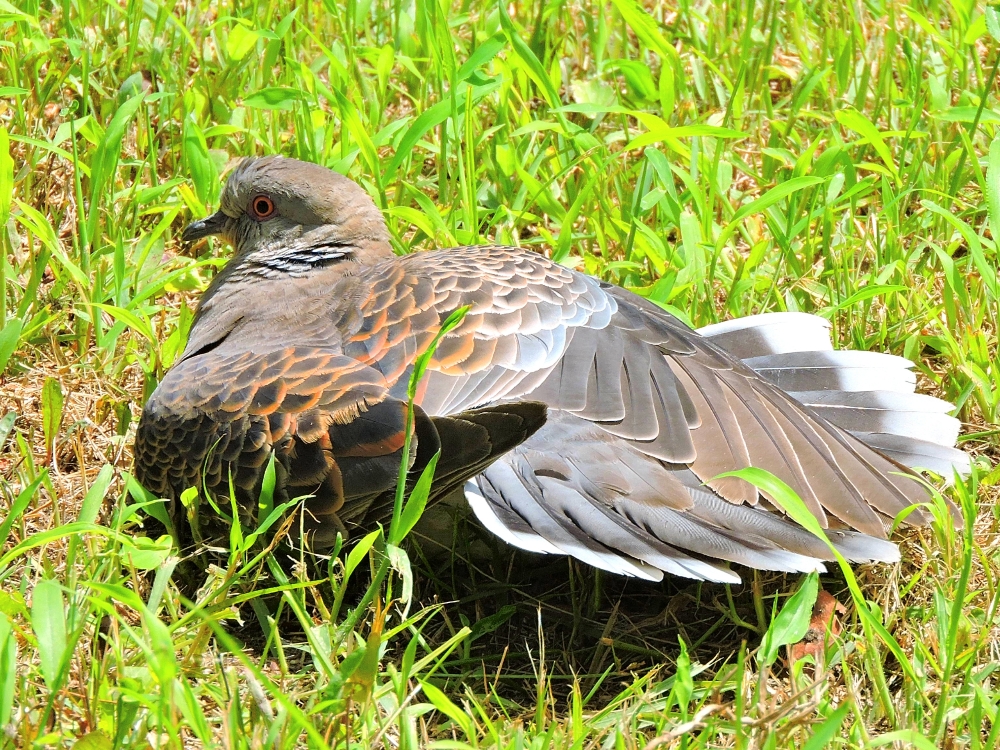
In the same location I also observed Japanese Tit, Coal Tit, and not far away the very interesting, but somewhat tough to locate, Vinous-Throated Parrotbill. All of these species, being seen at a World Heritage Site, count as Triple Bird Scores, and a multiple of four such examples seen in one place made for a very nice day.
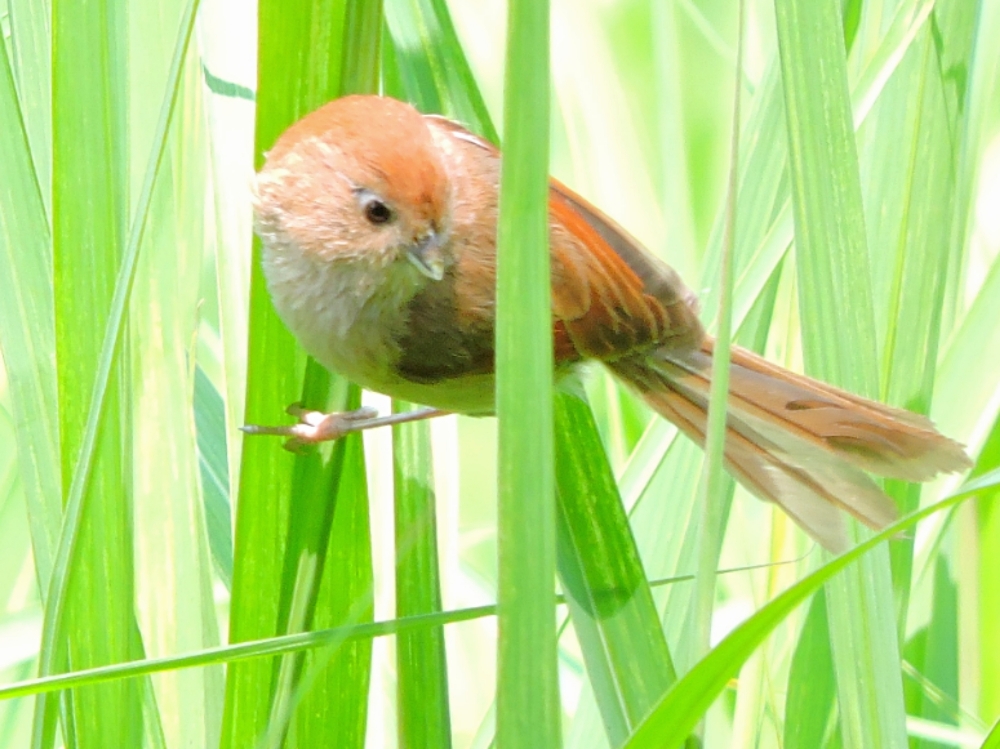
In just two days I had already seen around half of the expected species for this section , so I was prepared for a bit of a slowdown from that point forward. Nevertheless, here and there, I made some new observations, including Bull-Headed Shrike, Daurian Redstart, Oriental Reed-Warbler, White-Cheeked Starling…
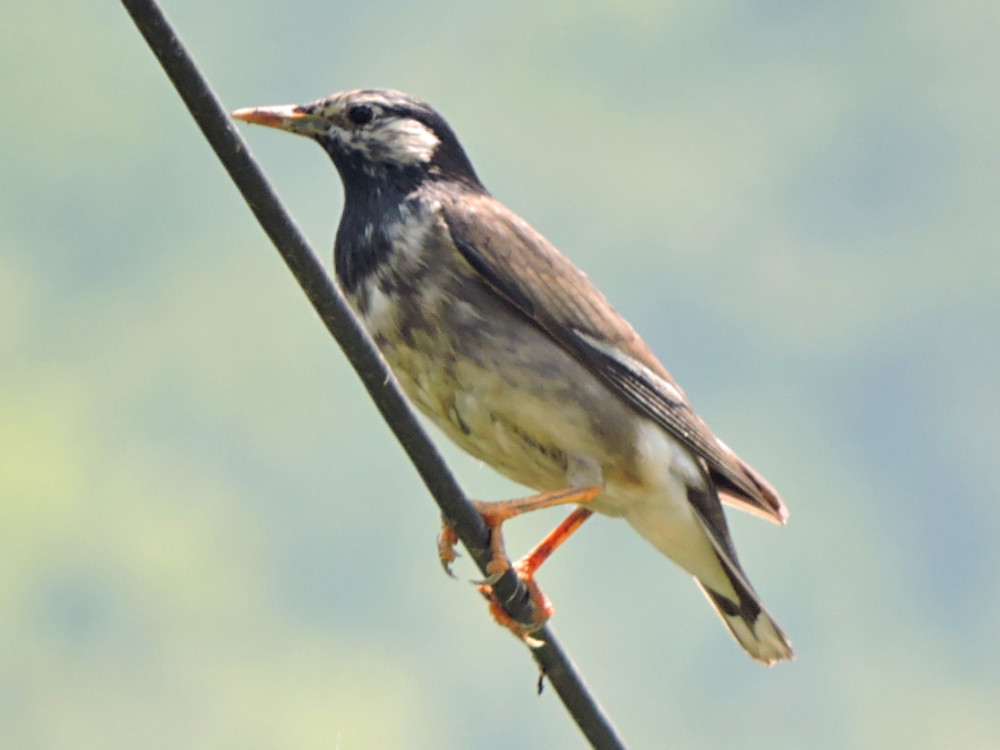
…and the other
Magpie of Korea, Azure-Winged Magpie.
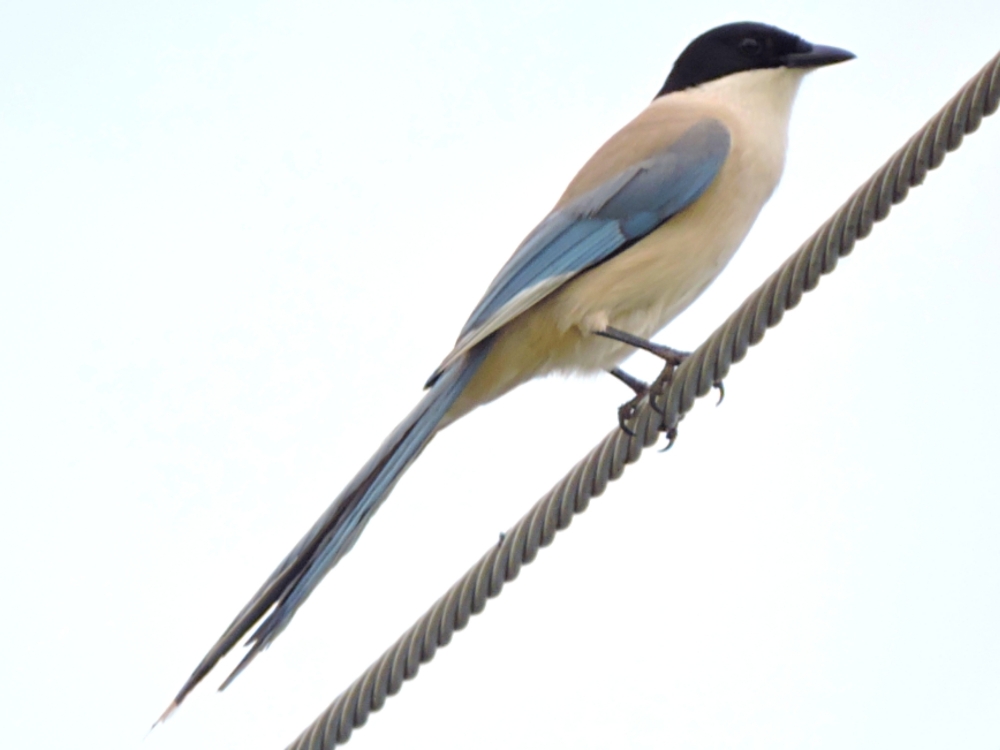
Several days later, at the Daeheungsa Buddhist Monastery I observed Varied Tit, Gray-Backed Thrush, and Pale Thrush.
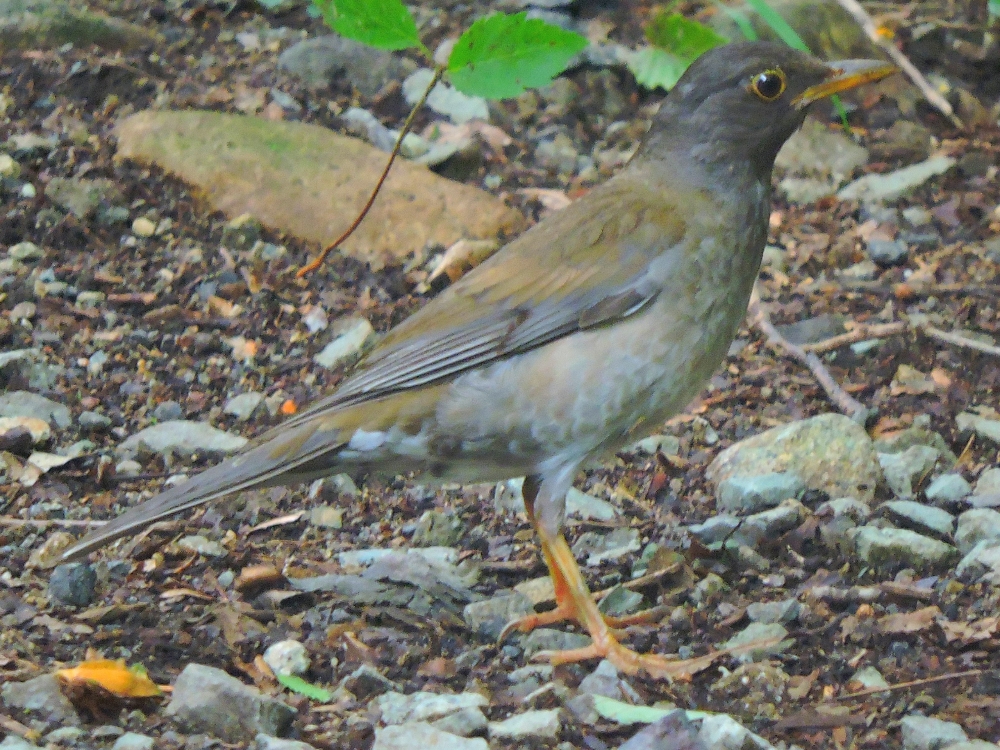
While walking along the beautiful forested pathways there, I also thought that this would be a good place to see one of my main targets, Pygmy Woodpecker. It didn’t happen until I was on the way out, but I was right! The monastery is also part of a World Heritage Site, so for the second time I had a quartet of Triple Bird Scores!
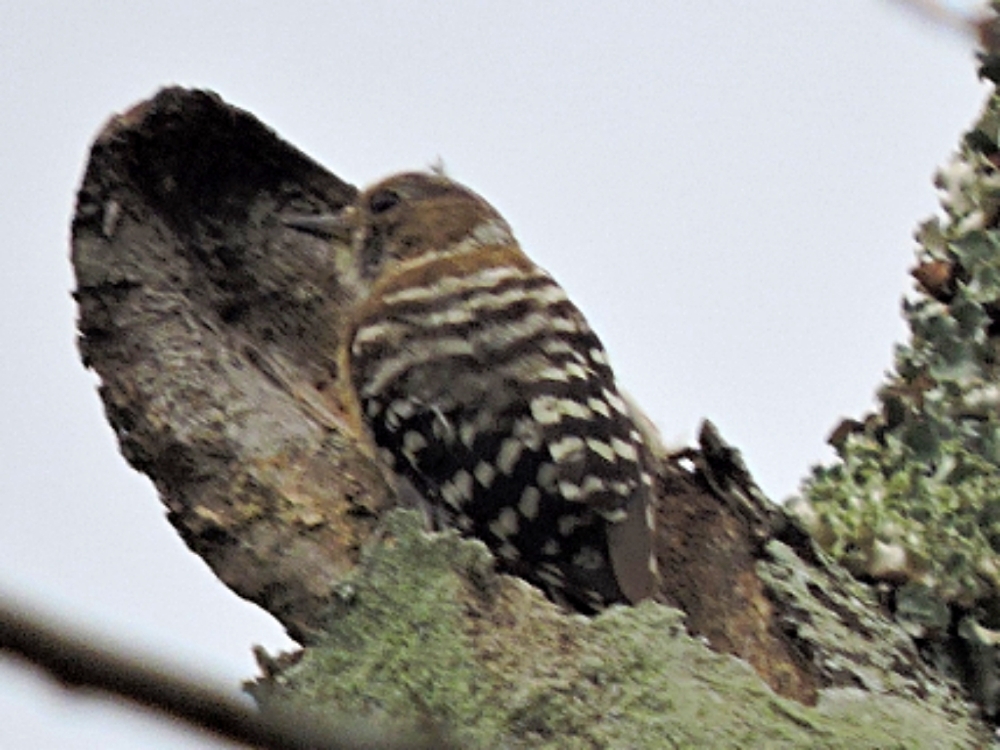
Over the next several days, though I failed to see any pelagic birds on the ferry to and from Jeju Island, I continued to wrap up my Korean sightings with Oriental Greenfinch, Long-Billed Plover, Japanese Bush Warbler, and Amur Falcon. However, there was still one great bird left to see. At the Upo Wetland, which during the winter season would be filled with birds, there is a restoration program in place for the critically endangered, Crested Ibis. Several have been released in that area from the collocated captive breeding program in recent years. I saw one pair fly over twice, but I couldn’t see their heads well, so I wasn't completely sure of that sighting. Fortunately, a short time later, this individual feeding in a small pond was much more certain.
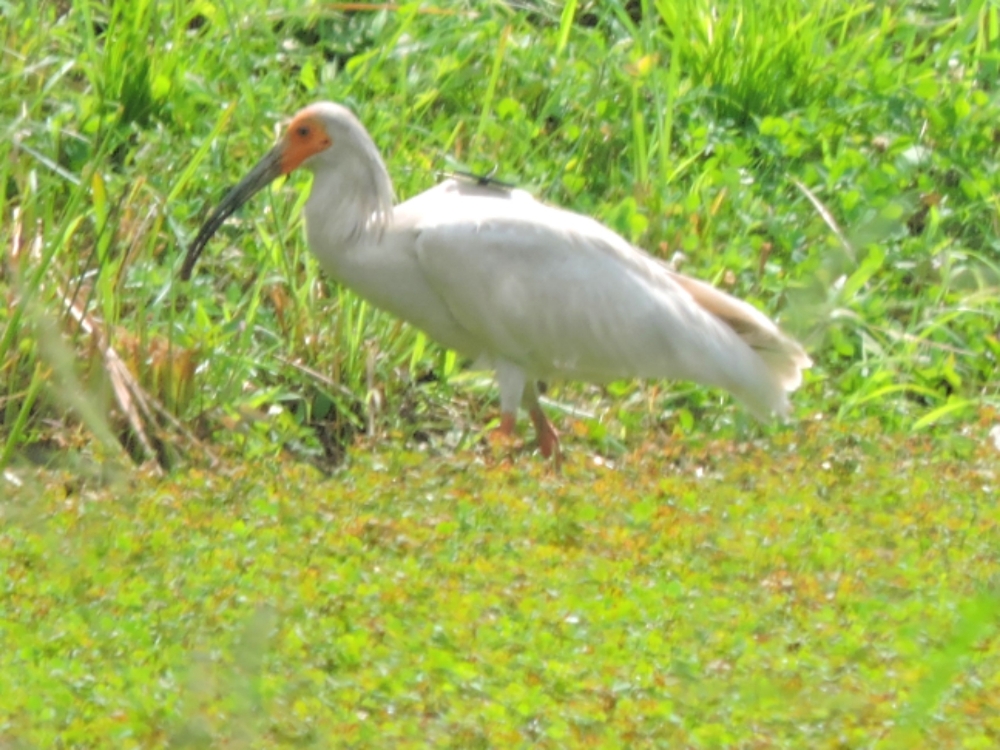
In this section I did see the two special birds, the Spoonbill and the Ibis, and overall a few more species than I was expecting, so it certainly was successful. Of course no one could deny that some of these species were a little ordinary, but I don’t really care. I have inched a little closer to my overall goal for the World2 Tour, but I am not quite there yet. In all likelihood my next destination, barring some sort of incredible influx of vagrants, will not put me over the top either. I do expect to get somewhat closer, and there should be some species that will score higher on the attractiveness scale. Therefore, I am definitely looking forward to moving forward.